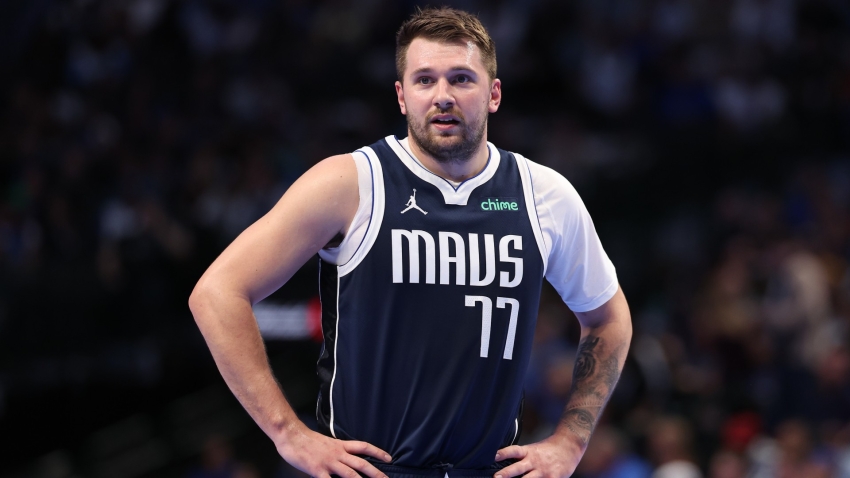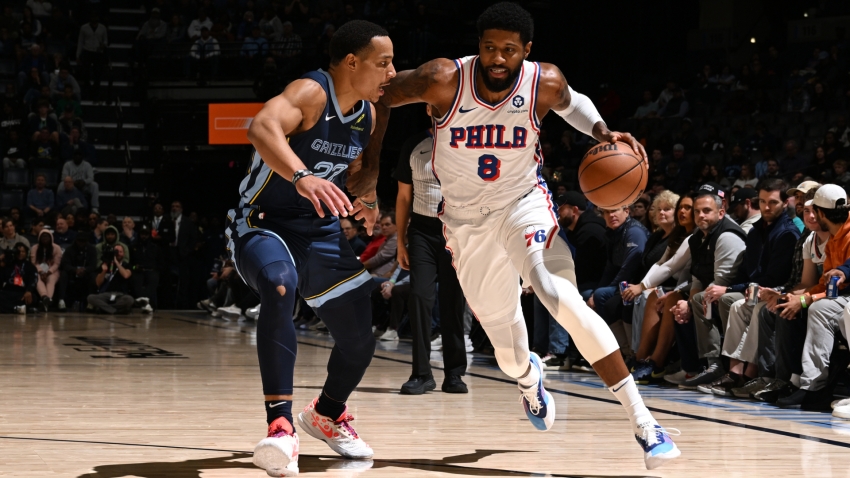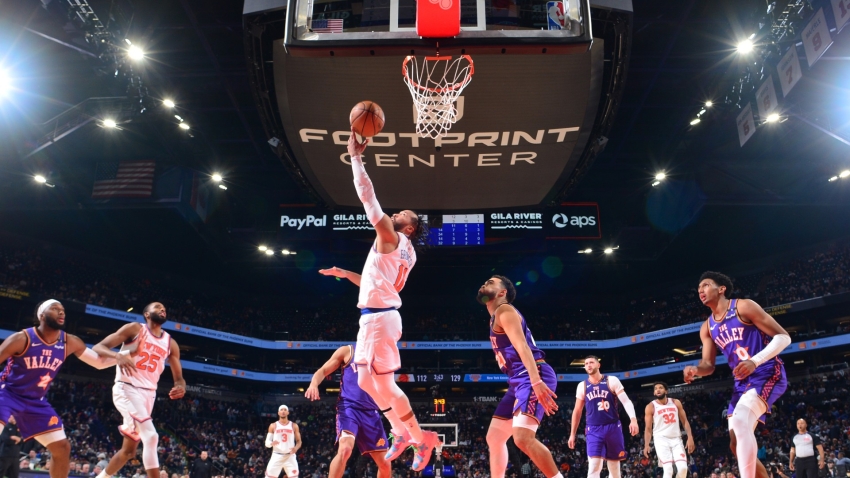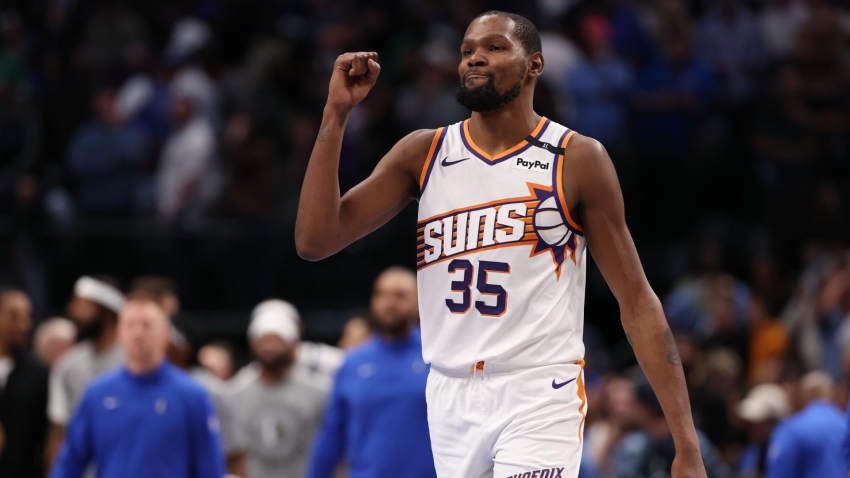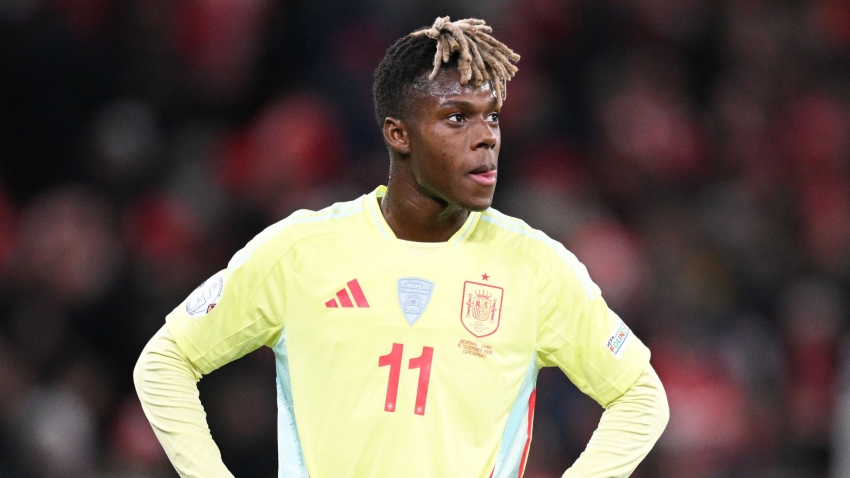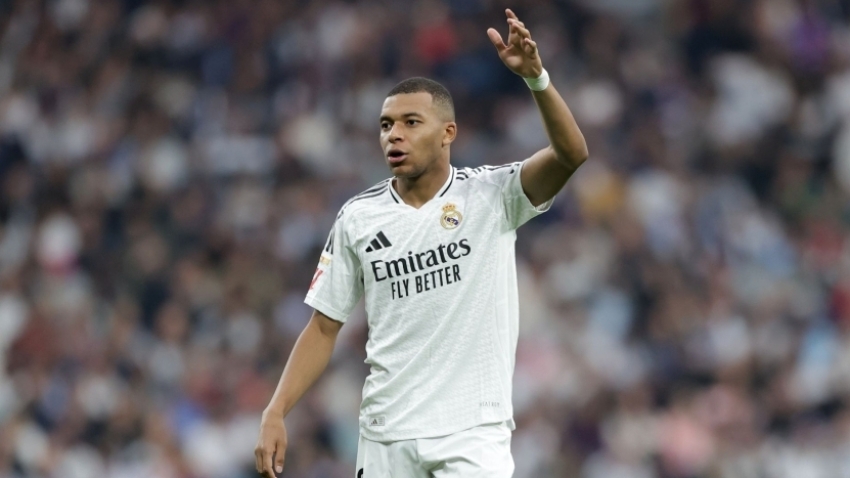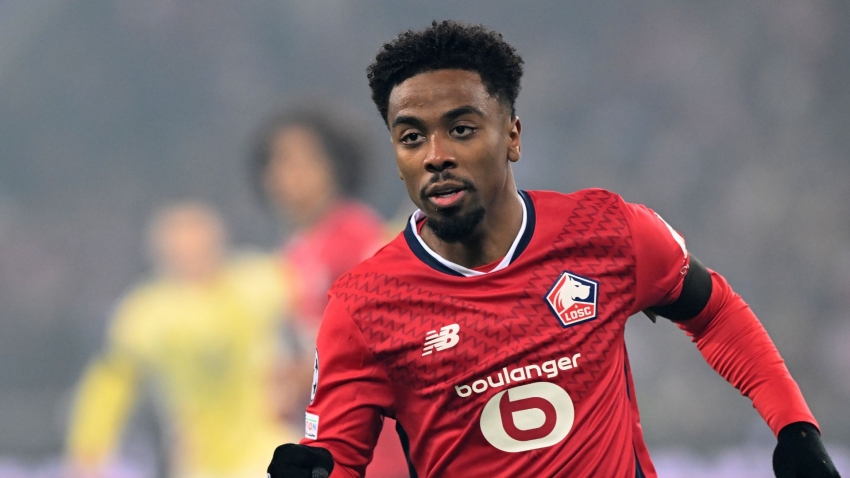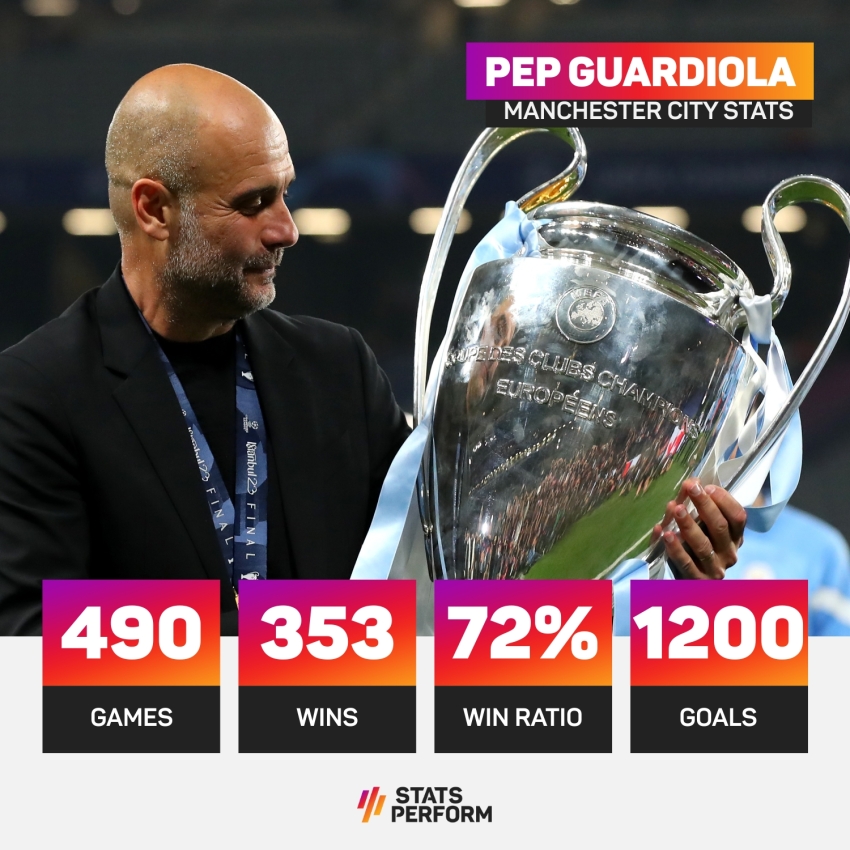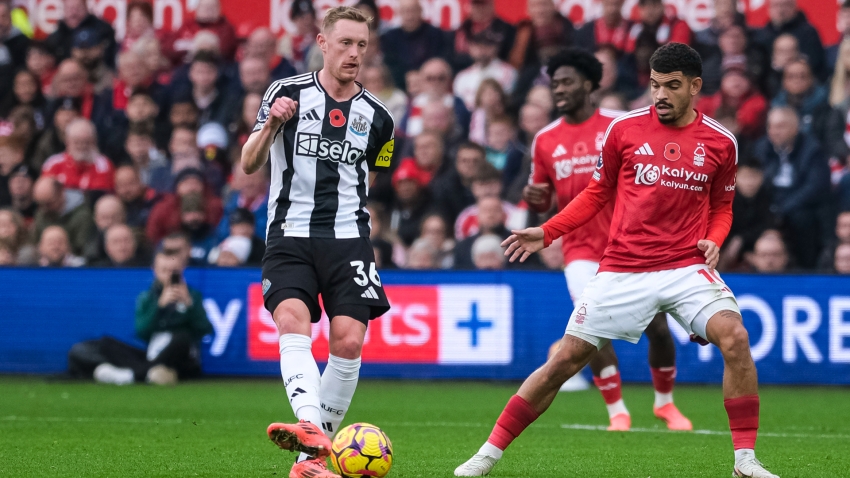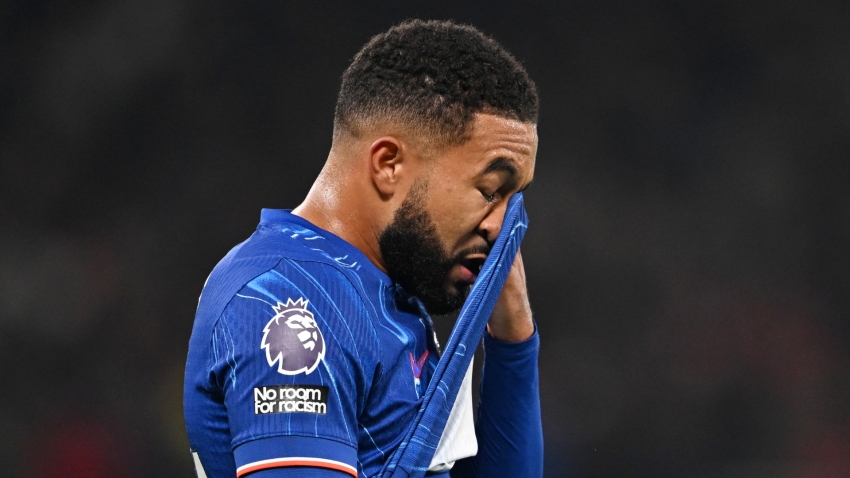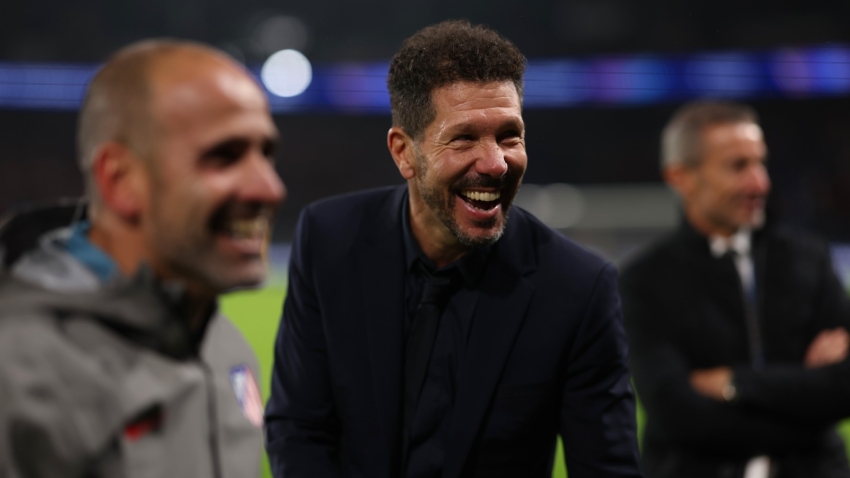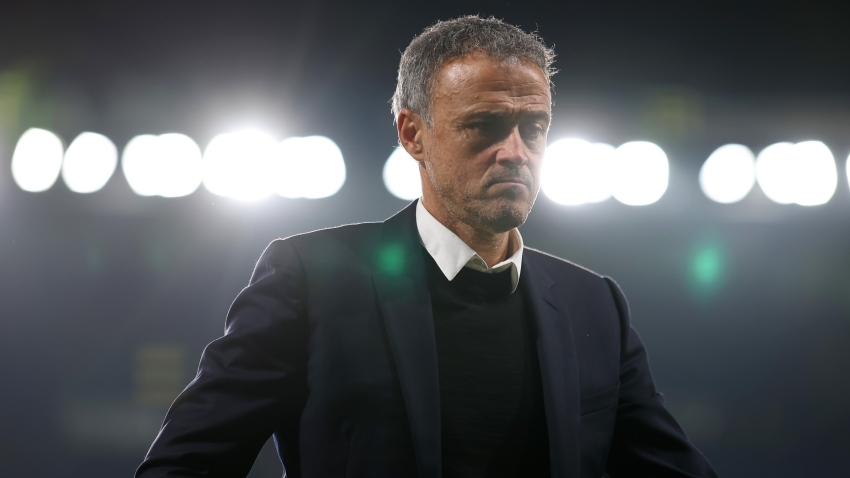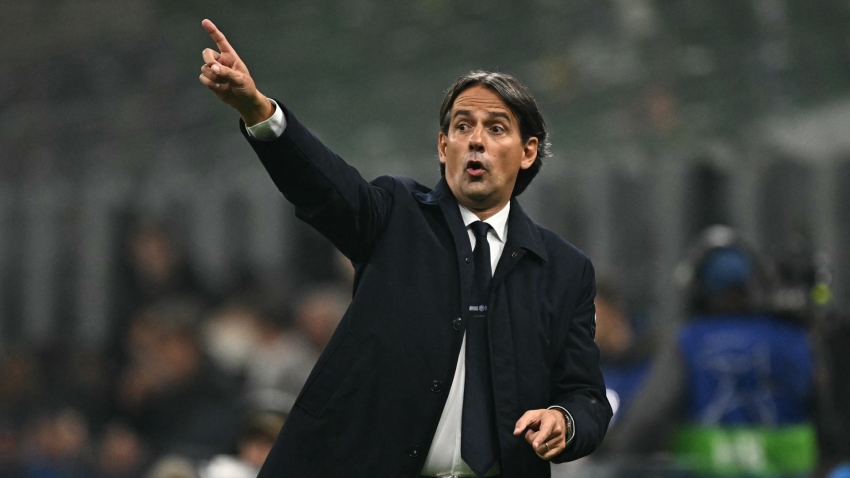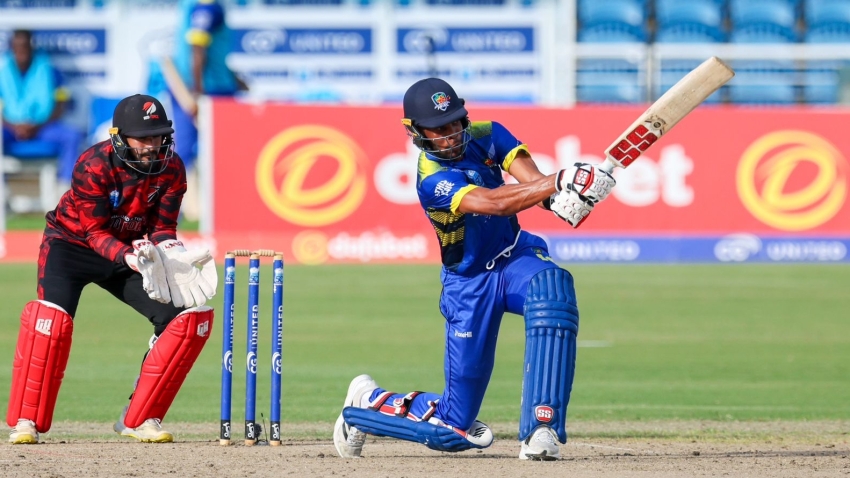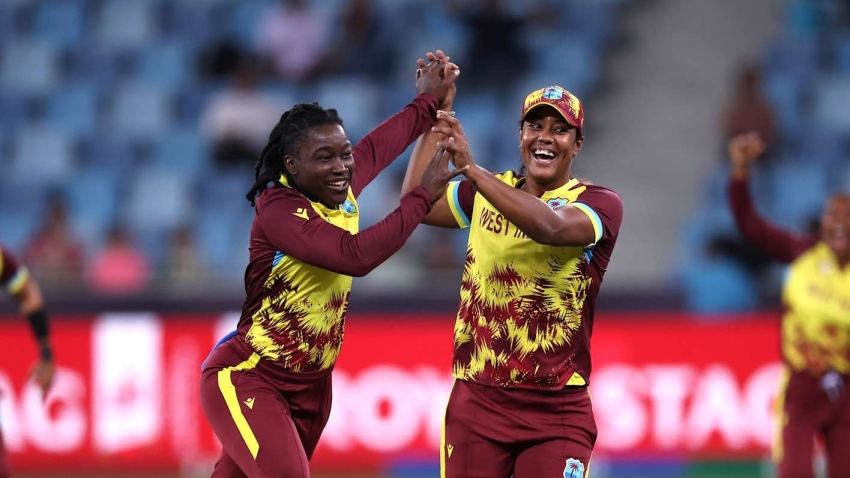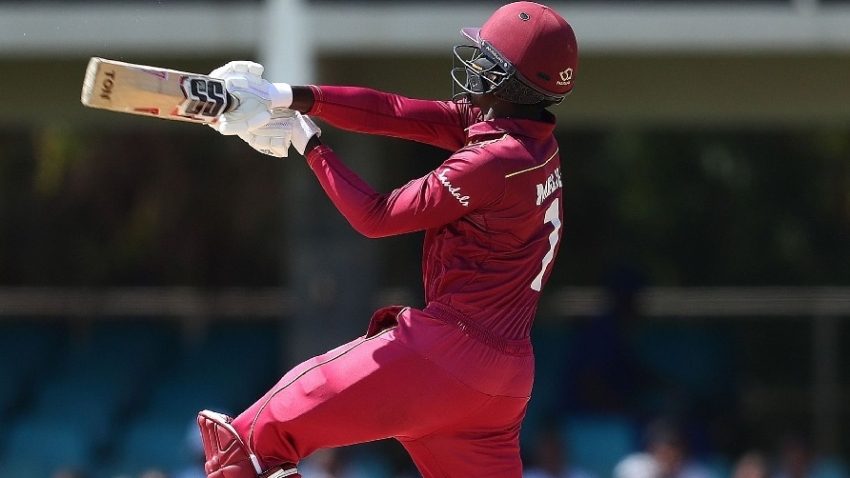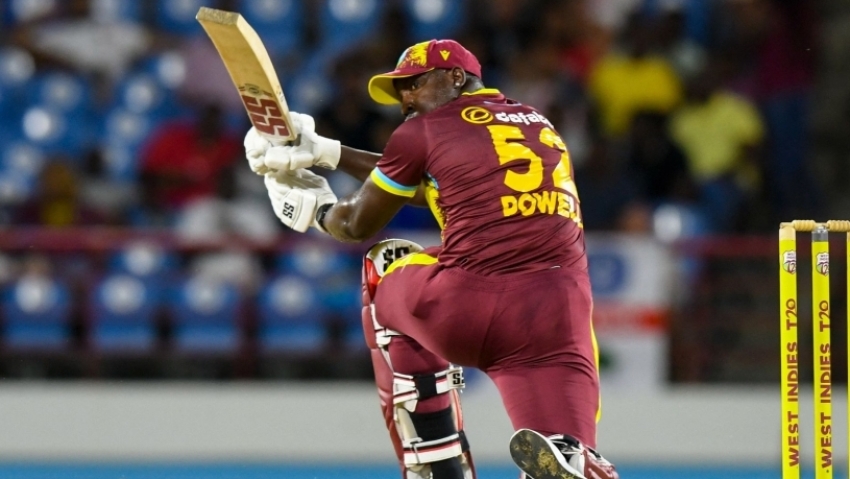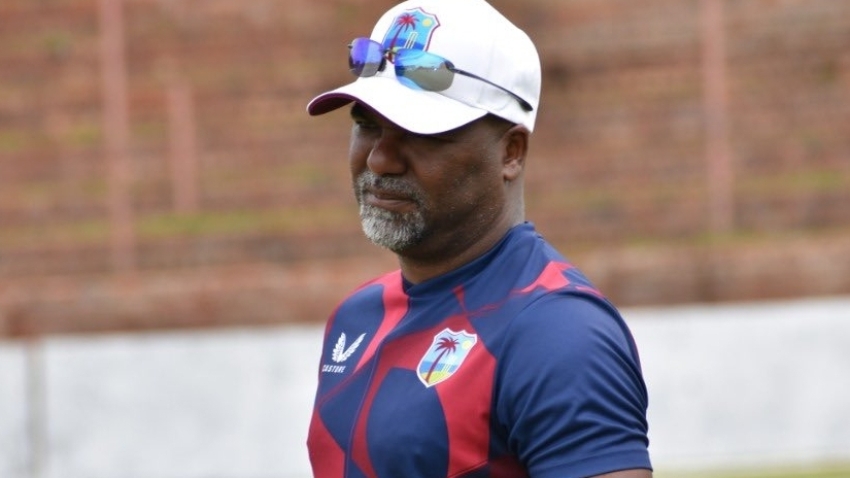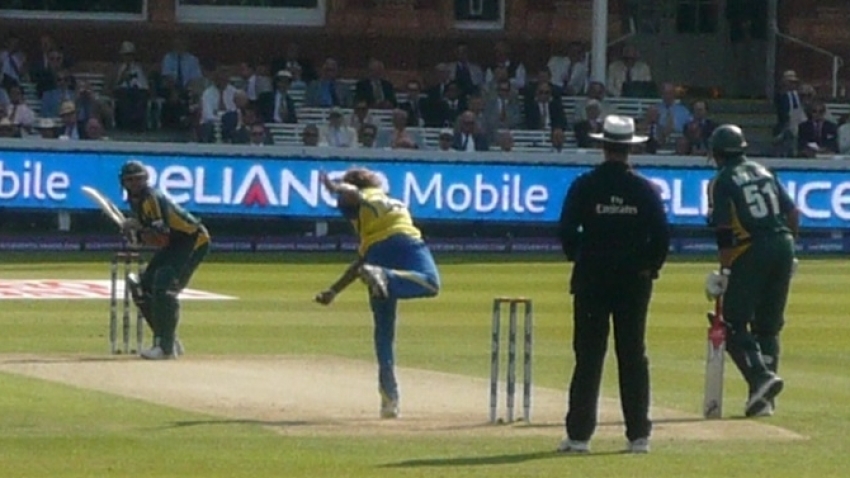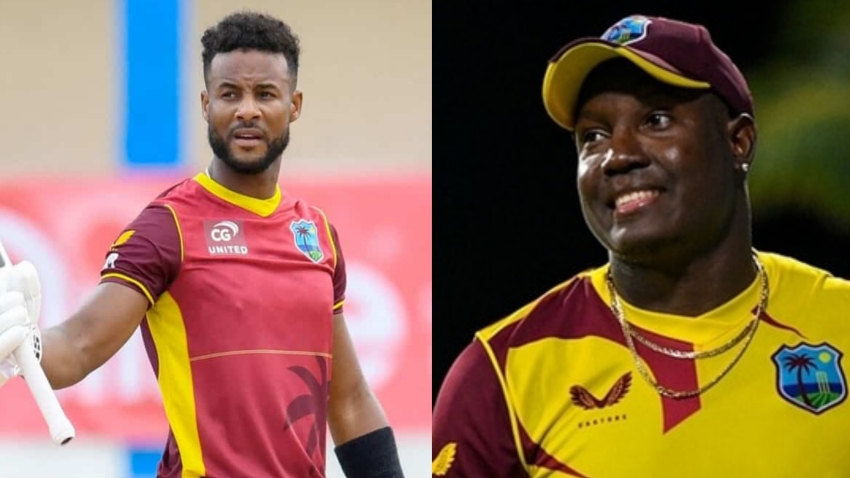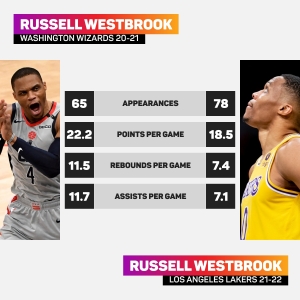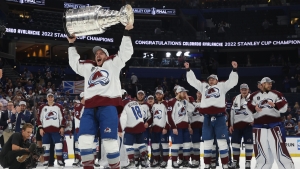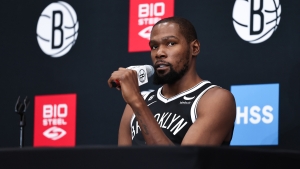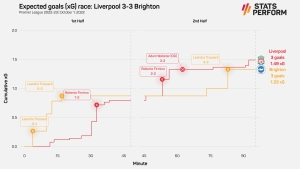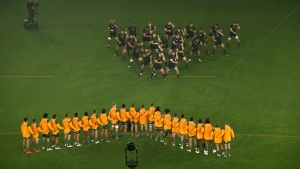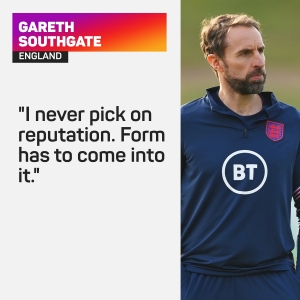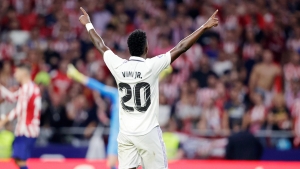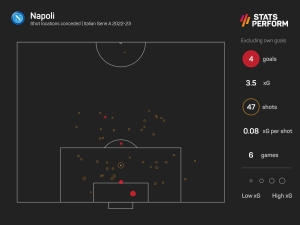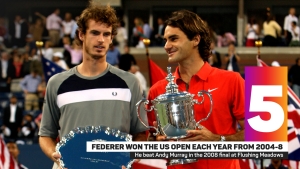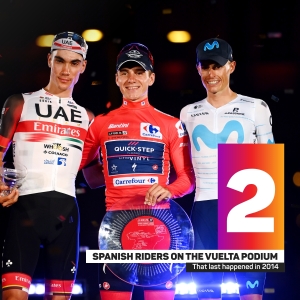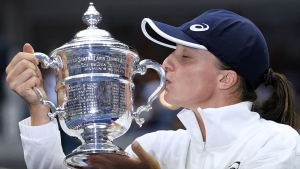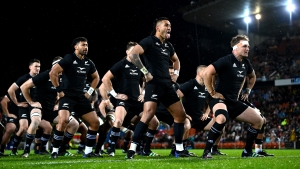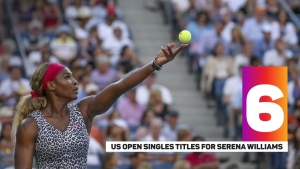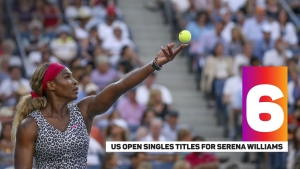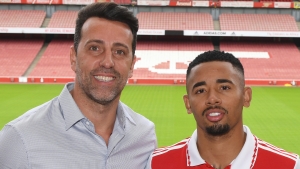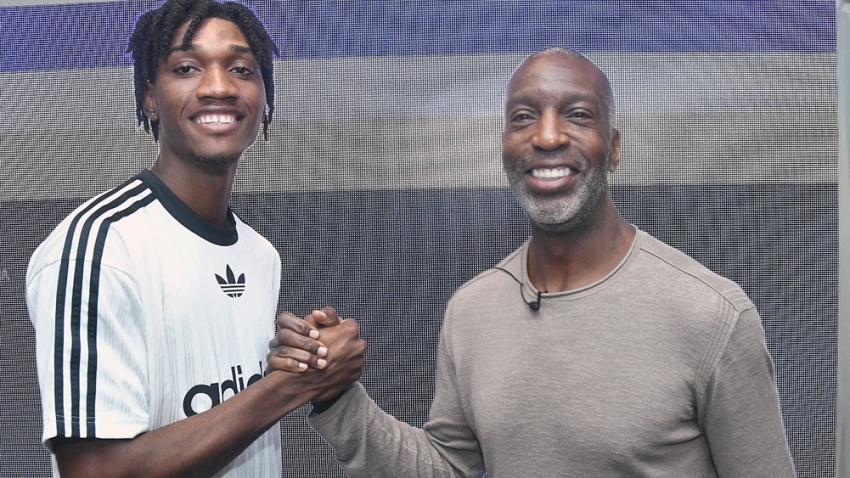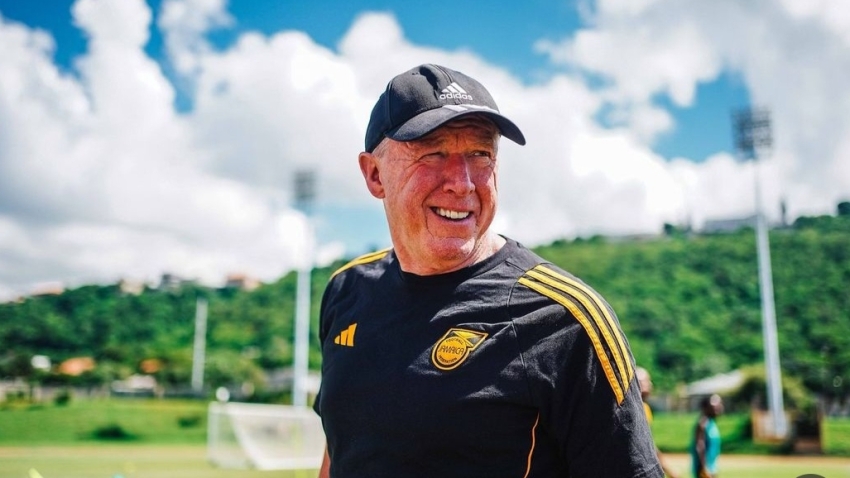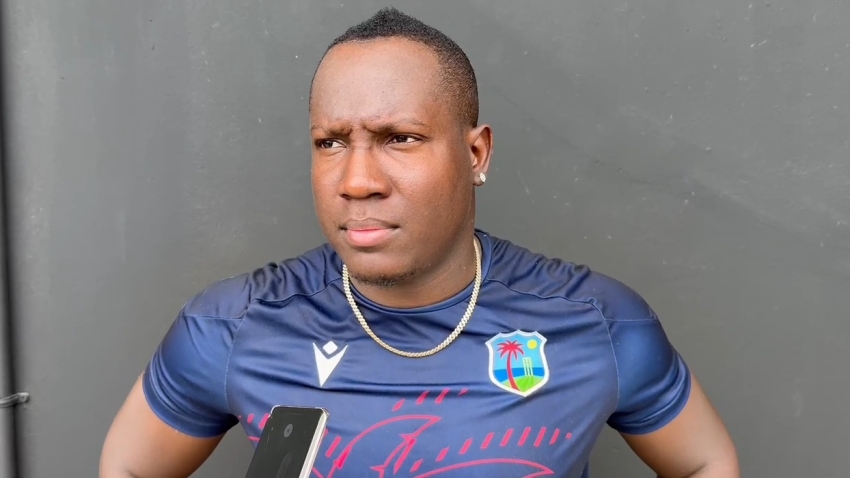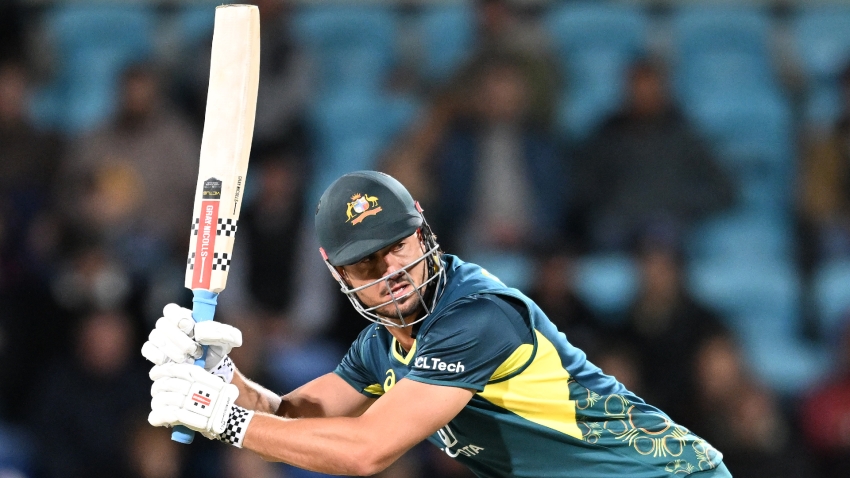The NBA is back, which means excitement for most fanbases – but anxiety for others.
The new season should ensure a clean slate for everyone, but some situations have been allowed to fester in recent months without the distraction of on-court action.
Now, even with basketball returning, developments around Kevin Durant's future might prove every bit as intriguing to the neutral as anything that happens in the regular season.
And Durant and the Brooklyn Nets are not the only player-team combo in a tricky spot heading into the year...
Everyone at the Lakers
Before considering the wide-ranging implications of Durant's trade request, let's check in on last year's team in crisis.
Plenty of outsiders could have forecast difficulties for the Los Angeles Lakers in 2021-22, with LeBron James and Anthony Davis joined in a 'big three' by Russell Westbrook – at this stage in his career, consistent only in using up a huge number of possessions.
Westbrook had averaged a usage rate above 30 per cent in every season between 2014-15 and 2020-21, with his average over the seven seasons (34.6 per cent) only narrowly trailing James Harden's league-leading 34.7 per cent (minimum 500 possessions). A ball-dominant player on often mediocre teams, Westbrook's winning percentage of 59.2 ranked 109th over this period among those to play 100 or more games. Harden (66.2) was a far more respectable 29th.
Although his usage dipped to 27.5 per cent around better players in LA, Westbrook remained every bit as erratic as expected and, unfortunately for the Lakers, played more than 500 more minutes than any team-mate – comfortably ahead of an ageing James and bulkier Davis.
The three superstars started just 21 games together and even then only scraped a winning record at 11-10.
Having missed the playoffs – and even the play-in – in 11th in the West, the Lakers fired coach Frank Vogel, perhaps optimistically hoping he alone was the problem, and brought back each of James, Davis and Westbrook.
Seemingly determined to further upset a team who won the title just two years ago, the Lakers were also linked with a move for Kyrie Irving before settling instead on Patrick Beverley, who might prove only marginally less disruptive.
Westbrook and Beverley have repeatedly clashed in the past, although the new Lakers signing has described his team-mate as "someone I always wanted to play with", praising his "competitive spirit, that fire, that will, that dog, that nastiness, that grit".
New coach Darvin Ham thinks the pair can work together, but the potential for fireworks is considerable even before taking into account James' own "competitive spirit".
Kevin Durant and Kyrie Irving at the Nets
The 2019 free agency moves for Durant and Irving certainly made the Nets relevant. But they haven't yet made them successful. And right now, Brooklyn might be the most explosive environment in the NBA.
Durant missed their first year together with an Achilles injury sustained playing for the Golden State Warriors, yet the Nets have still only won seven playoff games in the past three postseasons – all seven of those wins coming in a short-lived 2020-21 run.
Last season, as they had been in their first season with Durant and Irving, Brooklyn were swept in the first round. It concluded a miserable campaign that was not about to get better in the offseason.
With Irving unvaccinated and so unable to play in New York City until March, he and Durant started only 17 games together in the regular season. The Nets had started the season with their own 'big three', but Harden – much to his frustration – appeared just twice alongside the star pairing before he was traded to the Philadelphia 76ers. Ben Simmons came in the other direction and did not play once.
Far from a happy camp, when Irving then opted in to the final year of his contract in late June, the Nets were vulnerable to a trade request from Durant, which quickly followed.
However, with four years remaining on his own deal and Brooklyn asking for a huge price in trade talks, it was reported Durant had returned to the Nets and promised to stay if head coach Steve Nash and general manager Sean Marks were replaced.
Ultimately, Durant "agreed to move forward with our partnership" – as Marks phrased it – regardless, with Nash saying in September his relationship with the superstar was "good".
"I love the guy," added Nash, who understood Durant being "seething" at the end of the season. "Families have issues. We had a moment, and it's behind us. That's what happens."
In theory – especially if Simmons can return to his two-time All-Defensive First Team best – the Nets could have a great team in 2022-23.
Yet based on how this project has gone so far, it is not difficult to imagine a scenario in which Brooklyn endure another desperately disappointing season and are again left attempting to convince Durant to stay.
James Harden at the 76ers
The 76ers moved one miserable superstar in Simmons for another in Harden, which was only enough to take them as far as the Eastern Conference Semifinals last year.
And en route to that unsatisfactory conclusion, team-mate Joel Embiid was not shy in criticising Harden, repeatedly calling on him to be more aggressive while recognising he is no longer "the Houston James Harden".
It was an understandable complaint; Harden attempted only 13.6 field goals per game for the Sixers in the regular season – little more than half the number of shots he was taking in 2018-19 for the Houston Rockets (24.5), when he scored a career-high 36.1 points per game. He was also only making 40.2 per cent of his field goal attempts in Philly, down on every other season in his career.
So far, it is fair to say this has not worked. Doc Rivers, in a training camp clip published by the NBA, told Harden he and Embiid needed to "listen to each other" and acknowledged the partnership needed work as it was "unnatural".
Echoing some of Embiid's complaints, coach Rivers said: "You can't just say you're a facilitator. I need you to be a scorer and a facilitator."
Rivers for now believes it can still be fixed. "When it clicks, James, we're going to be unbeatable," he told a player who, for his part, agreed to a restructured contract that allowed Philly to bolster their roster in the offseason.
But this team – and certainly Embiid – might argue more help would not be required if Harden played in the manner he is capable.
"We've got to establish Joel and you – it's a pecking order," added Rivers. "This ain't a democracy."
Embiid may not believe this is "the Houston James Harden", but the team and Harden himself seemingly do, with the former Rocket announcing: "If my conditioning can be level with my skill set and my IQ and the work that I put in, it's MVP – and I feel like my conditioning is where it needs to be."
Harden needs to start showing that, or this time his team might tire of him, rather than the other way around.
Jaylen Brown at the Celtics
Little has gone to plan for the Boston Celtics since winning Game 3 of the 2022 NBA Finals, as they lost the next three to the Warriors and then saw preparations for a bounce-back season in 2022-23 rocked by a number of key absences.
Boston will begin the year without new signing Danilo Gallinari, who tore his ACL playing for Italy, Robert Williams, who has also undergone knee surgery, and, crucially, coach Ime Udoka.
Udoka had turned around his first season as a head coach spectacularly, with the Celtics tied for ninth in the East at the turn of the year after a 17-19 start before leading the conference the rest of the way (34-12) to take the second seed.
But a year-long suspension for Udoka "for violations of team policies" was announced by the team last month.
And even between the ultimately disappointing postseason and repeatedly disrupted preseason, not everything was rosy, with Boston also impacted by the Durant saga.
When Durant looked to be on the move, reports claimed the Celtics had offered the Nets a package that included Jaylen Brown. That trade did not materialise, of course, but it is difficult to imagine Brown was too impressed.
In recent seasons, Brown has been hugely valuable to the Celtics – not least because he is being paid below his value.
Brown is one of only 11 players who has scored at least 1,400 points at an average of at least 23.5 per game in each of the past two seasons. Of the other 10, four have current or future contracts with an average annual value of more than $50m, another four are being paid over $40m per year, and the final two are bringing in a salary in excess of $30m a season.
Brown's deal, which ranks outside the top 50 contracts in the NBA in both total value and average annual value, earns him $26.6m each year.
And the rules around NBA extensions will prevent Brown being paid on par with his contemporaries unless he makes All-NBA in one of the two seasons remaining on his contract.
In theory, that carrot should encourage Brown to enjoy another big season, but at a franchise as fractured as the Celtics have suddenly become, focus could understandably drift instead towards free agency in 2024.
Shai Gilgeous-Alexander at the Thunder
Unlike the other teams on this list, the Oklahoma City Thunder do not have the pressure of needing to win now – but that is part of the problem.
OKC moved on their ageing stars, loaded up on draft picks and put together a young core that includes Chet Holmgren, Josh Giddey and Shai Gilgeous-Alexander. That is all very exciting... or at least it will be.
Rookie Holmgren is down for the year, seemingly making this another season in which the Thunder will lose games and then see what they can do in the draft.
That is no great issue for 20-year-old Holmgren or 19-year-old Giddey, but it does not suit Gilgeous-Alexander, now 24 and entering his fifth year, quite so much – even if he also starts the year injured.
Among the 63 players to score 2,000 or more points across the past two seasons combined, Gilgeous-Alexander ranked 18th for points per game (24.2). He ranked 61st for wins (32).
This is not a case of an average player stat-padding on a bad team; he is simply too good to be in this situation.
And having agreed a five-year extension in August ahead of Holmgren's injury, it appeared Gilgeous-Alexander had unknowingly signed up for more of the same.
He disagrees, insisting: "I know what I signed up for when I signed a five-year extension. I don't think we're going to be losing for much longer. It's not like I signed up to lose."
But lose they will, if they have any sense – and past experience suggests they do.
Without Holmgren, the Thunder are not going to be in any position to seriously compete, which opens up the possibility to pick high in a draft that includes a potentially generational talent in Victor Wembanyama.
At some stage, OKC will be ready, but that is not now, and Gilgeous-Alexander could be forgiven for finding his patience waning.


